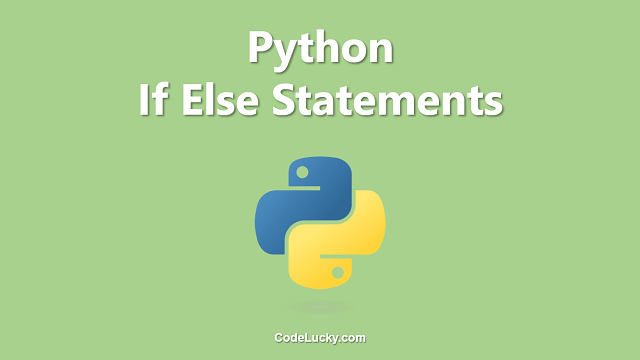The isatty() method in Python is a built-in method used to check whether the file descriptor associated with a file is an interactive terminal or not. The method returns True if the file descriptor is an interactive terminal, else returns False.
Syntax
file.isatty()
Return Value
The isatty() method returns a boolean value – True if the file descriptor is an interactive terminal, and False otherwise.
Examples
Example 1: Checking if the file descriptor is an interactive terminal
In this example, we will check if the file descriptor associated with a file is an interactive terminal or not:
file = open("example.txt", "w")
print(file.isatty())
file.close()
In this example, we opened a file named “example.txt” in write mode and then checked if the file descriptor associated with the file is an interactive terminal or not. Since it is not an interactive terminal, the isatty() method returns False.
Example 2: Checking if the standard input is an interactive terminal
In this example, we will check if the standard input is an interactive terminal or not:
import sys print(sys.stdin.isatty())
In this example, we imported the sys module and used the isatty() method on the stdin object, which represents the standard input. Since the standard input is an interactive terminal, the isatty() method returns True.
Example 3: Checking if the standard output is an interactive terminal
In this example, we will check if the standard output is an interactive terminal or not:
import sys print(sys.stdout.isatty())
In this example, we imported the sys module and used the isatty() method on the stdout object, which represents the standard output. Since the standard output is an interactive terminal, the isatty() method returns True.
Use Cases
The isatty() method can be useful in situations where we want to check if the file descriptor associated with a file is an interactive terminal or not. This can be particularly useful when we want to determine whether the input or output is coming from an interactive terminal, as opposed to a file or pipe.
Conclusion
The isatty() method is a useful tool for checking if the file descriptor associated with a file is an interactive terminal or not. Whether we are working with standard input/output or a file, the isatty() method can help us determine if the input or output is coming from an interactive terminal, which can be useful in a variety of scenarios.







